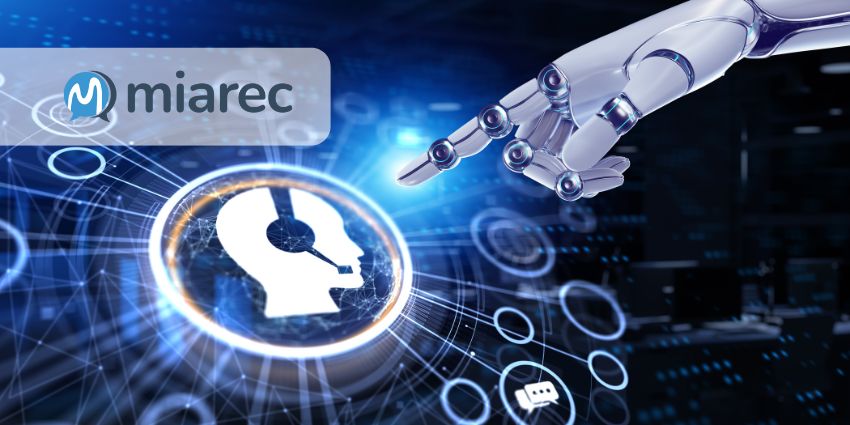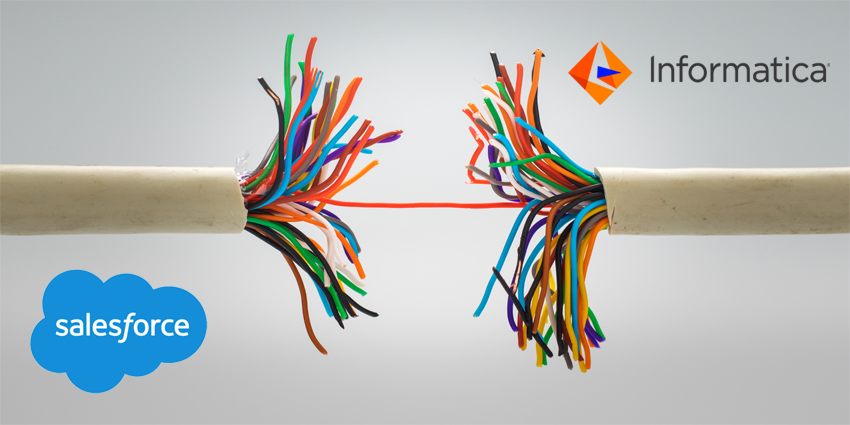AI for customer experience is maturing. Indeed, 89 percent of CX leaders describe their organization’s AI investment as “successful”.
This statistic stems from a 2022 Davies Hickman Partners eBook, which also highlights how 96 percent of businesses want to increase that investment.
In doing so, these organizations may consider capitalizing on the following five contact center automation and AI trends for 2023 and beyond.
1. Letting Humans Do Human Things
According to the Davies Hickman Partners research, the most significant barrier to investing in AI/NLP includes the fear that it will replace people. Surprisingly, it ranked above “proving ROI.”
From this response, it seems that many organizations view their people as a critical differentiator.
Nevertheless, the growth of AI is not solely due to its capability to automate human tasks, control costs, and do more with less. This is only half the story.
As Richard Holland, Channel Director at Odigo, recently told a packed crowd at the Call & Contact Center Expo in London:
“The next-generation of contact center AI is supercharging agent productivity with real-time, contextual AI-assistance and empowering to provide personalized service that builds loyalty.”
These use cases to augment the agent experience are coming to the fore as self-service leave agents with a slew of complex, emotive calls.
As a result, AI and automation are, in fact, helping brands lift the human element within customer experiences.
After all, businesses can relieve agents and safeguard that all-important human touch by taking away repetitive processes such as form-filling, completing authentication tasks, and adding disposition codes to the CRM.
2. Harnessing Customer Intent in New Ways
For years, some of the most intelligent customer service operations have assessed their demand drivers, identified root causes, and fixed upstream issues to improve customer experiences.
Such a tactic can work wonders in cutting contact volumes and lowering customer effort. Yet, the call disposition data that fuels this approach often misses the mark.
Thankfully, AI and NLP advances are changing this, and businesses that apply conversational analytics software can automate dispositioning across all channels.
In doing so, businesses can better address journey pain points.
But that’s not all. By accurately monitoring customer intent, businesses can drive further benefits – as a major government body recently found out.
Dealing with huge call volumes that are sometimes high stakes, its agents had a complex job. “It would take four months to onboard an agent,” added Holland. “Typically, they stayed for less than a year.”
At a loss, the organization turned to Odigo. The vendor used NLP to qualify and grade the likely complexity of incoming calls. Those anticipated to be the trickiest routed to the most experienced agents.
Sharing more, Holland said:
“New agents are able to be productive and take calls earlier in their training cycle as they receive “soft landing”, managing simple interactions.”
Meanwhile, attrition is dropping sharply as new agents no longer face a barrage of calls that they are ill-equipped to manage.
Expect similar innovation around customer intent in 2023 and beyond.
3. Streamlining Cross-Department Processes
Overcoming organizational siloes and fixing broken journeys is no small feat, yet automation can help. This starts by assessing the customer journeys that flow through the contact center.
Giving a presentation alongside Holland at the Call & Contact Center Expo, Simon Kelly, Senior Director of Solutions Engineering at Salesforce, stated:
“Who is involved at the touchpoints before the issue comes through from the customer? Understand where the bottlenecks are. Where does the experience fall into a black hole? Are we letting everybody know – who needs to know – where the experience falls away?”
Conversational analytics helps to spotlight such bottlenecks and points. From there, automation helps teams’ band together to resolve cases more efficiently and lower operational costs.
Kelly shares the following three examples of how it may do so:
- Dynamically Route Work – Manage complex routing requirements for skills-based, queue-based, and direct-to-agent routing from any channel.
- Unify Workflows Across Teams – Build enterprise-scale workflows with low-code tools and automate multi-step, multi-user tasks and approvals for faster resolution.
- Accelerate Mission-Critical Service – Empower service teams and operations to address disruptions with incident management and Slack swarming built-in.
Such use cases may seem highly innovative – especially for the few firms still using email as their only channel for internal communication.
Yet, through Slack – and its CCaaS partnership with Odigo – Salesforce is supporting businesses to synchronize communications and better orchestrate customer journeys.
4. Embedding Guided Workflows Everywhere
After a business completes customer journey analysis and defines cross-department workflows, automation can help to create consistent experiences for every customer, partner, and employee.
Making this point, Kelly said:
“Look at those processes and ask: how many can I take out of my contact center? How can I empower customers to solve these issues themselves?”
Self-service mechanisms, proactive messaging, and how-to videos are often powerful here. Yet, Kelly recommends sticking to the following three-step process:
- Build Once, Reuse Anywhere – Design a process once and make it available across any device, channel, or app.
- Empower Every User – Guide customers, partners, and employees with dynamic, step-by-step screen flows.
- Keep Customers In the Know – Boost customer trust with proactive status notifications and real-time status updates.
Perhaps the most significant takeaway is to be deliberate in understanding customer problems and signposting the best routes to overcome these issues. Easier said than done, but mission-critical to providing effortless experiences.
5. Working Smarter with Built-In AI
Talk to any CX vendor; it will take less than a minute for them to mention AI. Why? Because they now bake into every solution within the customer experience stack.
For instance, thanks to AI-infused knowledge bases, real-time answers to customer queries pop up on the agent desktop, allowing teams to resolve issues faster.
Then, think of workforce management, reporting, and customer engagement technologies. Each of these solutions now leverage AI to enhance efficiency and customer experiences.
The following three use cases are also gaining traction:
- Intelligent Triaging –Automatically classify incoming cases and route them to the right queue faster.
- Pre-Populated Responses – Empower agents with pre-populated responses, even as the context of the conversation changes.
- Agent Response Recommendations – Combine business rules and AI to surface personalized offers and next best actions in real-time.
These AI-powered tactics can increase agent productivity by 30 percent, according to the 2022 Salesforce Success Metrics Global Highlights study. As such, they will likely gain further momentum in 2023.
More from Odigo and Salesforce
In wrapping up his presentation at the Call and Contact Center Expo, Holland shared some final advice to all contact center operations looking to deploy AI & automation. This included:
- Beware of buying conversational AI based purely on technical KPIs, such as transcription accuracy
- Integration is essential to avoid siloed data. So, consider: do your AI and Contact Center solutions integrate with your CRM to provide a single source of truth?
- Work with an experienced partner who has proven experience delivering personalization and automation as part of a coherent customer journey
Neglecting these considerations can compromise the ROI that AI projects generate.
Yet, Odigo and Salesforce are bringing together their trusty CCaaS and CRM systems – alongside deep market expertise – to make low-hanging fruit AI use cases more accessible.
This starts with an integration of the two technologies. To learn more, check out the Odigo for Salesforce offering.







